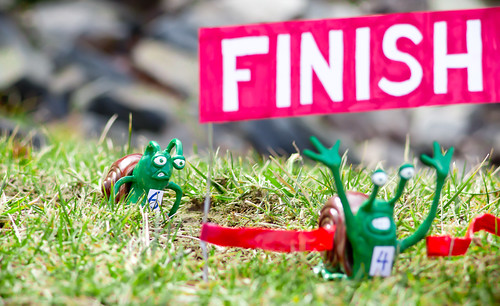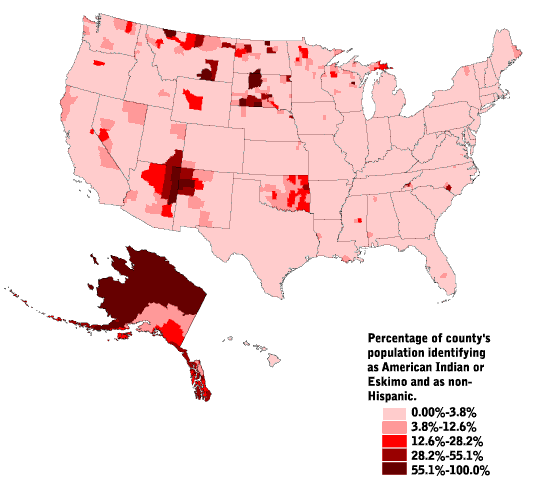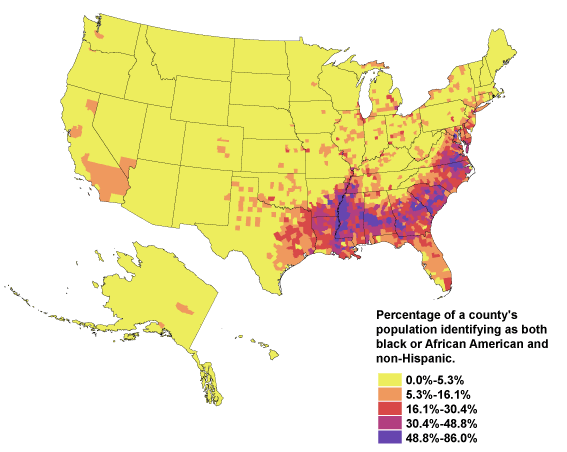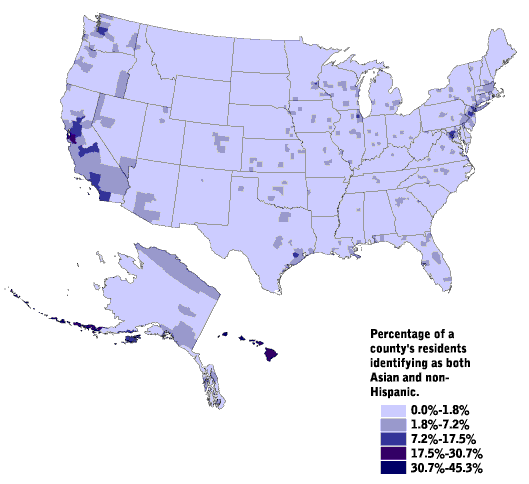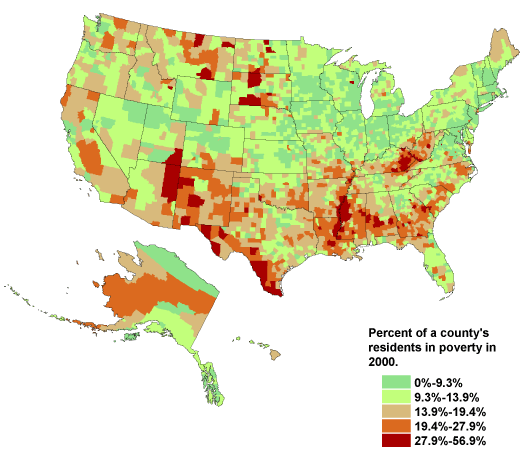Time used to be that you knew what research meant when a teacher announced to the class that they’d be conducting it. The library would be reserved (God only knows what would happen if more than one group of students were in there at once). The librarian could be counted upon to deliver the perfunctory “Here’s How We Use the Library” speech. And, the class would be released to find the handful of books related to their respective topics.
For those in high school who took an old school approach, research also means a plethora of notecards – source cards, quote cards, outline cards. Cards galore.
It was a simpler time, a calmer time, and, quite frankly, a better time for notecard manufacturers.
Say research now, and any myriad of scenarios run through students’ heads. Maybe a library is involved. Maybe they turn to their phones. Maybe it’s a computer lab or laptop cart. Perhaps it’s both. If it’s the latter, an Internet connection is handy, but the options only open from there. Will students use the simplified per-for-use services? Will they Google? Will they plagiarize? Will the teacher catch on?
The possibilities are endless.
Research is different now.
The schools we need see research questions as “what” and “how”.
To accomplish this, they must work to make sure teachers know how to find felicitous answers in any landscape. This doesn’t mean another seminar on how to use the latest subscribtion database. Teachers are as likely to pay attention to the intricacies set out for them as students are. Helping schools be centers of research means helping teachers develop the habits of practice that help them to make informed and efficient decisions within an information landscape.
All of this should be driven by the same things we hope for students – inquiry and projects worth completing.
Schools working to become learning organizations are asking questions. Their teachers have ideas and questions as to what need be done to improve the teaching and learning of the space, and they are asked to do generative work that moves practices forward.
Teachers as researchers in the now are much more likely to be better teachers of researchers at the same time.
Presented with the staid practices of notecard-based research or any derivatives thereof, students are likely to notice (and rightly so) that they’re being presented with strategies that ask them to devolve what are likely highly complex methods for tracking down information.
Instead, we must realize we are beyond being beholden to what can be found from a single source. Hypertextual sources mean students are able to track from one source to another to another ad infinitum. Anyone who’s jumped down the rabbit hole of Wikipedia knows this to be true.
The “how” and “what” question is ever more important.
In helping students to be researchers, teachers must pose and invite inquiry around some key questions:
What information is relevant to what I want to know?
What information is irrelevant to what I want to know?
How will I know the difference?
What kinds of places might hold interesting knowledge about my questions?
Whom might I want to access to better understand my interests?
Some key components about these questions should jump out immediately. In a super-informed space, it isn’t only about what information can be found, it is important to consider which information is both relevant as well as interesting. When we were counting on the five books from the library, we needn’t discern between what is interesting and what wasn’t. It was a seller’s market and we took notes on every mundane fact we could find to be able to reach our page requirement.
Contemporary researchers are flush with relevant and irrelevant as well as interesting and uninteresting information. Teaching to make the distinction is key.
Books also held us to their author’s page-contained views on a topic or a journalist’s one-off article on an event. Contemporary researchers have access to people as well as ideas. In asking whom they might want to contact, students are more likely to consider how they might leverage social technologies to communicate with sources in real time. From email to twitter, students can publish a report Friday that includes information from an interview Wednesday.
Research today must ask better questions with respect to the “how” of the questions we’re asking. It must also allow teachers to practice the kinds of information-gathering and synthesis they’re asking of students. Such an ecosystem is one driven not only to ask complex questions, but to craft complex answers as well.
Like this:
Like Loading...
